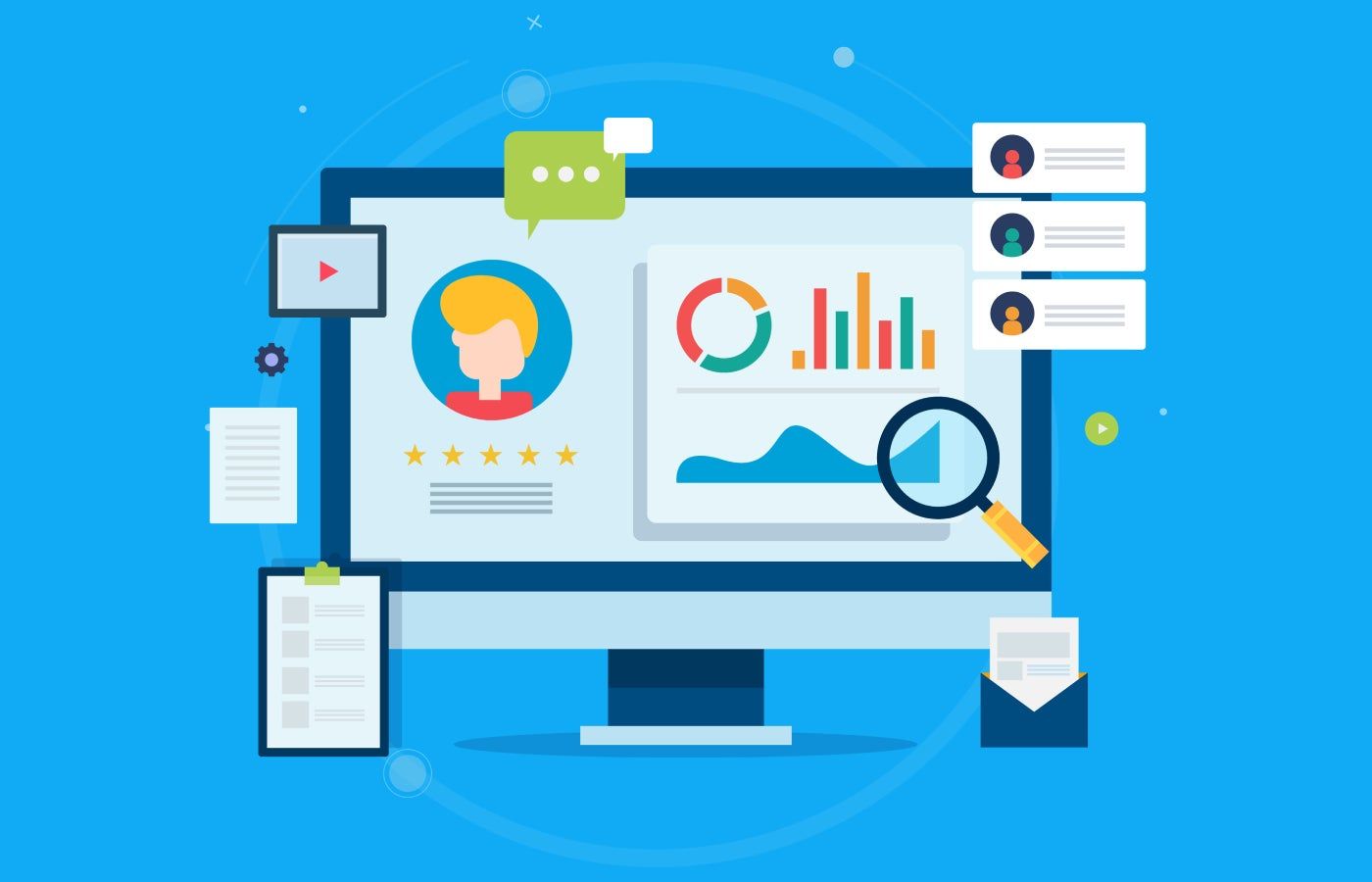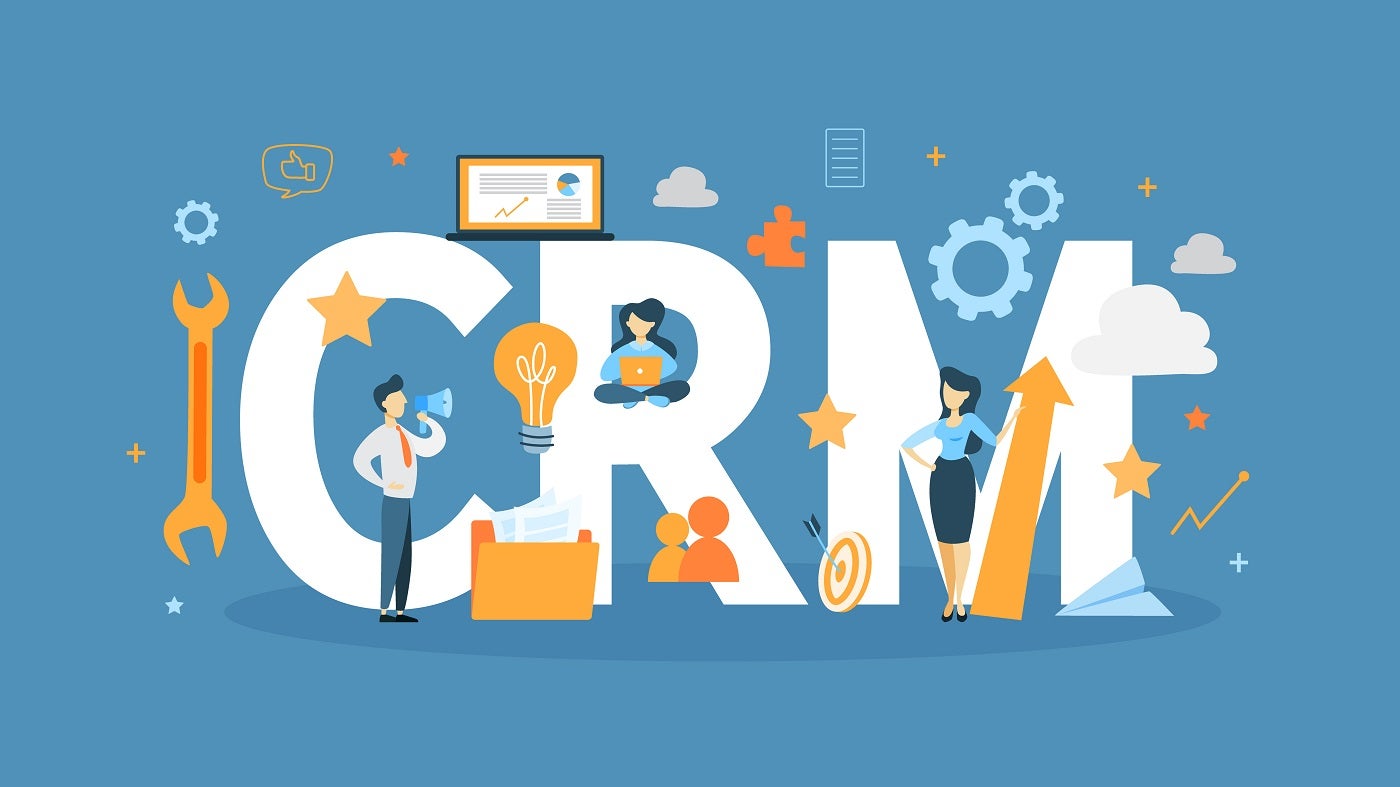Customer relationship management systems can provide extensive analytics and reporting capabilities for companies to better understand their sales processes at a more comprehensive level. Secure data extraction, data logging, and reporting translate this information into visual representations of KPIs.
Popular metrics that companies generate and track include sales cycle length, marketing return on investment, sales rep performance, and deal forecasting.
1
Creatio CRM
Employees by company size
Micro (0-49), Small (50-249), Medium (250-999), Large (1000-4999), Business (5000+)
Medium (250-999 employees), enterprise (5,000+ employees), large (1,000-4,999 employees)
Medium, Company, Large
Characteristics
Dashboard, document management/sharing, marketing/email automation and more
2
HubSpotCRM
Employees by company size
Micro (0-49), Small (50-249), Medium (250-999), Large (1000-4999), Business (5000+)
Micro (0-49 employees), Medium (250-999 employees), Large (1000-4999 employees), Small (50-249 employees)
Micro, Medium, Large, Small
3
CRM
Employees by company size
Micro (0-49), Small (50-249), Medium (250-999), Large (1000-4999), Business (5000+)
Any size of company
Any size of company
Characteristics
Calendar, collaboration tools, contact management and more
What is CRM analytics?
CRM analytics is internal programming that collects, organizes, and analyzes data about customers, sales, and revenue. Generating detailed reports like this is a core CRM feature that businesses of any size and market can benefit from.
This data provides useful information for leaders, managers, and individual users that helps make timely, data-driven decisions. CRM analytics has also recently been integrated with AI functionality, allowing more specific reports and suggestions to be generated on command.
5 Key CRM Metrics
Sales cycle length
The length of a sales cycle is the average time it takes to close a deal from start to finish. This starts with a lead becoming a lead and that lead becoming a confirmed customer. The goal is to keep the length of the sales cycle as short as possible, so that potential customers are not lost to competitors or their need for your solution dissipates. Measuring this metric will help identify opportunities where the sales cycle could be condensed.
Customer churn rate
A churn rate is a percentage metric that shows how many customers abandon your sales funnel or stop doing business with your company altogether. A high abandonment rate is something companies try to avoid, and you can usually also identify where in the sales process abandonment is occurring.
It's always good to know where you're succeeding, but it's equally important to understand where you're losing business so you can make immediate adjustments.
Return on Marketing Investment
Marketing ROI directly tracks how resources allocated to marketing contribute to overall revenue growth. While CRM solutions are sales-oriented, they also include marketing functions. That includes social media communications, email marketing campaigns, and even website and landing page creation. This is especially important for small and medium-sized businesses looking to invest more in marketing campaigns, because they need concrete data to support that investment.
Representative performance
Reps' performance is tracked by monitoring their overall sales activities and close rates. Common activities monitored are sales calls, email performance, referral rates, and lead conversion rates. This tracking can be done on an individual scale, by team, by location, or for an entire department, and can help with quarterly reviews. This transparency is important, especially in a commission-driven environment.
Business forecast
The best CRM solutions offer business and revenue forecasting as an advanced CRM metric. These reports take into account customer activity, sales duration, churn rate, sales history, and more to generate predictive analytics on projected revenue increases. While this information is always subject to change depending on a number of factors, having a projected idea of quarterly or year-over-year revenue helps tremendously when planning larger initiatives for a company.
Top 3 Benefits of CRM Data Analysis
Greater productivity
I recommend using CRM software as a way to increase productivity around customer interactions, and data analytics helps do exactly that. Since time is not wasted manually extracting and sorting data, users can focus on nurturing customer relationships and closing deals. Trusted analytics ensure efforts are placed in the right place at the right time and optimize resource allocation. In this way, representatives, agents or administrators spend time performing tasks that have been proven to be beneficial to the business.
Improved customer satisfaction
When you have detailed data analysis based on successful (and less successful) marketing and lead nurturing campaigns, it's easier to understand what customers consider a positive interaction. With the help of personalized engagement and detailed analysis of metrics like email click-through rates, conversions, and more, businesses won't need to guess which strategies actually move customers through their funnel. This will build customer satisfaction with your business and improve customer retention.
Competitive advantage
Having strong analytics in a CRM software allows companies to constantly keep an eye on market changes or trends. This way, they can anticipate those changes and plan accordingly. For example, these trackable trends help you make informed decisions about where to invest more or less. If a company anticipates a seasonal increase in business, it should invest in marketing campaigns in advance to get ahead of its competitors. It also helps increase overall efficiency and enables a flexible and agile business plan.
CRM Analytics Use Cases
When choosing a CRM solution, opting for an analytical CRM tool means putting emphasis on data warehousing and mining, in addition to advanced forecasting. They are excellent for medium and large teams or companies that need detailed, secure and constant data monitoring.
Identify consumer trends.
In industries that are completely driven by consumer trends, having an analytical CRM helps companies stay ahead and anticipate important changes. Whether it's financial forecasting, product and service trends, or seasonal peak mapping, an analytical CRM will take complex data and turn it into understandable insights.
For example, a retail company could use its consumers' purchasing history and trends to help identify when in the fiscal year its products are in demand. They can then plan to invest in more marketing campaigns before that period in the new year.
Scalability
When your goal is to grow your business quickly, you need an analytical CRM that can grow and scale along with you. This way, the key metrics you track over time can be consistent no matter how much more data is saved. Some key metrics that CRM software can track that help with scalability include team performance, location and individual representatives, profit and revenue growth, demand for products or services, and more.
This can be especially helpful for businesses that plan to physically expand with more locations, serve more geographic markets, or determine the feasibility of allocating funds to hire more employees to accommodate growth.
Competitor analysis
While CRMs are intended to manage and track metrics for businesses and the individual users who use them, they can still help with competitor analysis. Some metrics that can help managers understand exactly where their customer service and solution stack up against the competition; prospect and customer surveys, split test results, deals lost vs. deals won, and average deal closing time for your business vs. industry standard. All of this will help companies not only understand their own internal operations but also achieve greater sustainability in their markets.
Frequently asked questions (FAQ)
What is an analytical CRM?
An analytical CRM is a CRM solution that offers advanced data analysis features. These help companies track and understand the behaviors of their customers and the market. They are best at taking this raw data and insights and turning them into comprehensive reports and files that show trends or projections.
Examples of CRMs with advanced analytical capabilities are:
- Microsoft Dynamic 365: Receive AI-generated summaries that include detailed analysis of sales KPIs and suggested tasks and strategies. Pricing starts at $65 per user, per month.
- Zoho CRM: See forecasting, territory management, and gamification, plus custom dashboards. Zoho CRM has a free version of its software with paid tiers starting at $14 per user, per month.
SEE: Read our full review of Microsoft Dynamics 365 software.
What are the three main types of data analysis used in CRM?
The three different types of data analytics used in CRM software are descriptive, predictive, and prescriptive. Together, these cover all generative data about customers.
The three types of data analysis are as follows:
- Descriptive: See real-time analysis of the most important CRM metrics summarized in a digestible visualization format.
- Prophetic: Use historical data to identify trends that can forecast future customer behavior, profits, and business results.
- Mandatory: In addition to identifying these trends, also receive specific recommendations for the next best actions and strategies.












